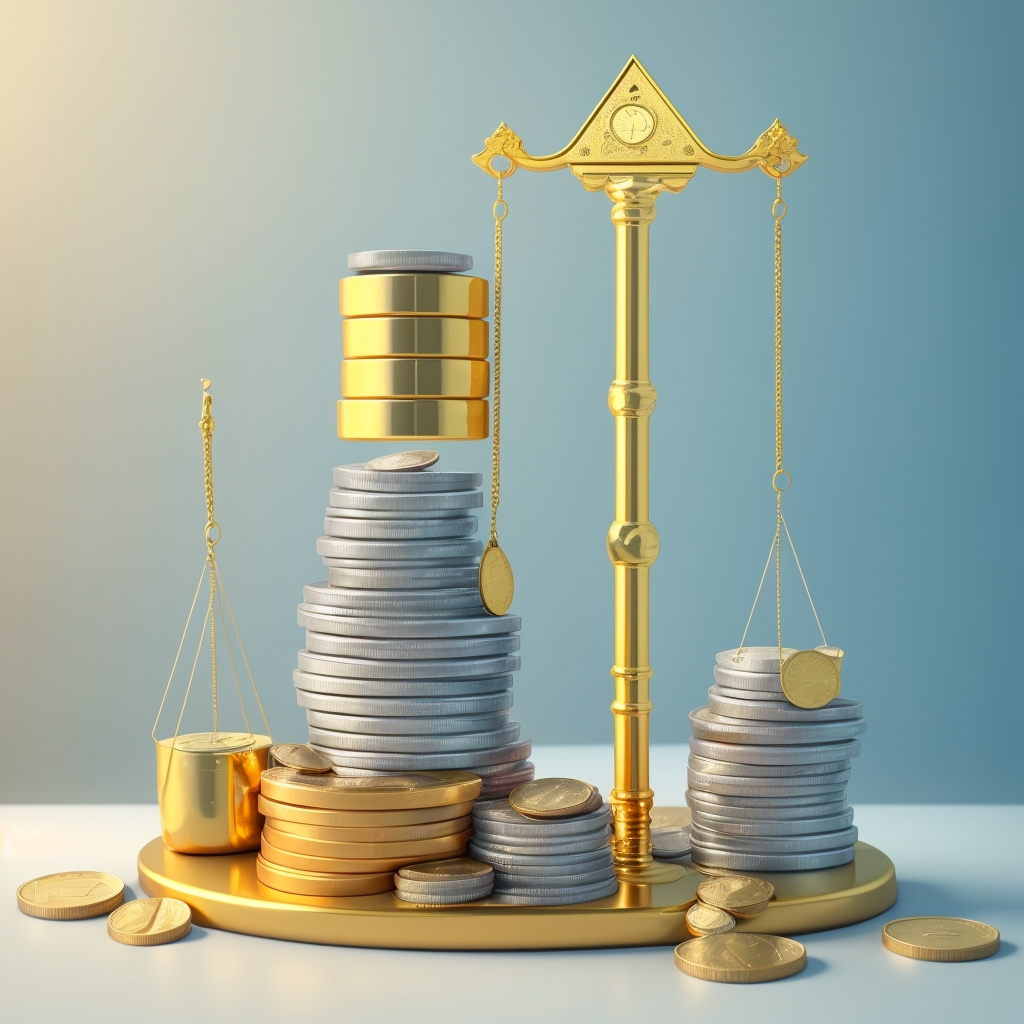Why Your Emergency Fund Might Be Missing the Mark
Last month, I watched another Building and Maintaining team make the same mistake I made five years ago with how much to save in an emergency fund. It’s frustratingly avoidable—if you know what to look for, that is. You’d think the concept is pretty straightforward: stash away a bit of money for those “just-in-case” moments. But here’s the thing: most people miss the mark on how much is actually enough. And in today’s unpredictable economic climate, that oversight can be incredibly costly.
The Real Problem: It’s Not One-Size-Fits-All
Many folks, surprisingly, still approach an emergency fund as a one-size-fits-all solution. They set aside whatever they can manage and hope for the best. Yet, in my experience, what often gets overlooked is the specificity of your own financial landscape. It’s not just about having a cushion; it’s about having the right cushion – one that truly fits your unique life.
Consider this: what happens when your car needs a major, unexpected repair—say, a new transmission that costs thousands—or, heaven forbid, you lose your job? Data from May 2024, for instance, shows that a significant portion of U.S. adults, around 27%, have no emergency savings at all, and nearly 2 in 5 (37%) couldn’t even afford an emergency expense over $400. That’s a stark reality. Are you genuinely prepared for the unexpected twists life throws your way? Critically, an adequate emergency fund should reflect not only your income but also your personal circumstances and potential vulnerabilities. So, how do you figure out what’s right for you?
Practical Solutions for Tailoring Your Emergency Fund
First up, let’s talk about your monthly expenses. How much do you spend on true essentials like rent, groceries, and utilities? The general baseline many financial experts recommend is to multiply that by three to six months. This provides a solid buffer. However, it’s crucial to remember that this isn’t a rigid rule; it varies for everyone. For an average U.S. household of at least two people, covering six months of essential expenses like housing, utilities, food, medical care, and car payments could realistically require over $35,000 in 2025. That might sound like a lot, and for many, it is, especially when the median emergency savings for Americans sits at just $600.
Next, you’ll want to deeply consider your job security. Are you in a highly stable position, or is there a chance you might find yourself between jobs in a fluctuating market? If it’s the latter—perhaps you’re in a volatile industry or self-employed—you might want to aim for a bit more than the standard suggestion, perhaps even nine to twelve months. What I find fascinating is how often people overlook this critical aspect of their personal risk assessment.
Another angle to consider, and one that’s often surprisingly impactful, is your lifestyle. Yes, it’s tempting to think you’ll cut every little luxury in times of crisis. But, let’s be real—will you truly cut out your morning coffee runs entirely? My observation is that some people actually sustain their emergency fund efforts better by budgeting in a few small, non-negotiable comforts. It helps keep their spirits high during tough times, preventing burnout and adherence fatigue.
You’ll also want to periodically review and adjust your fund. Life changes, and so should your savings strategy. Got a new job with a different income, or moved to a cheaper apartment? Your fund should reflect those shifts. The economy itself plays a huge role; in 2024, nearly three-quarters of Americans (73%) reported saving less for emergencies due to inflation and rising prices. This underscores why flexibility and regular check-ins are so vital.
My Personal Recommendation: Start Small, Think Big
If I were starting from scratch today, my approach would be pragmatic: I’d begin with a non-negotiable goal of three months’ worth of expenses. Once that’s solidly secured—and I mean secured, in a high-yield savings account where it’s accessible but separate from daily spending—I’d gradually work up to six months. From there, depending on your individual risk factors (job stability, health, family needs), even extending to 9 or 12 months isn’t overkill for true peace of mind. It’s not just about the raw numbers, but the profound sense of security that comes with knowing you’re genuinely prepared for whatever life throws your way. Remember that old adage? It’s better to have it and not need it, than need it and not have it. This couldn’t be more true for your emergency fund.
In the end, the secret to a robust emergency fund isn’t just saving randomly but saving smartly and strategically. Think of it like building a house—you wouldn’t start without a blueprint, right? Your fund should reflect your unique blueprint, meticulously tailored just for you and your family’s future financial resilience.
- Emergency Fund Planning
- Financial Security
- Personal Finance Tips
- Budgeting Strategies
- Life Preparedness







